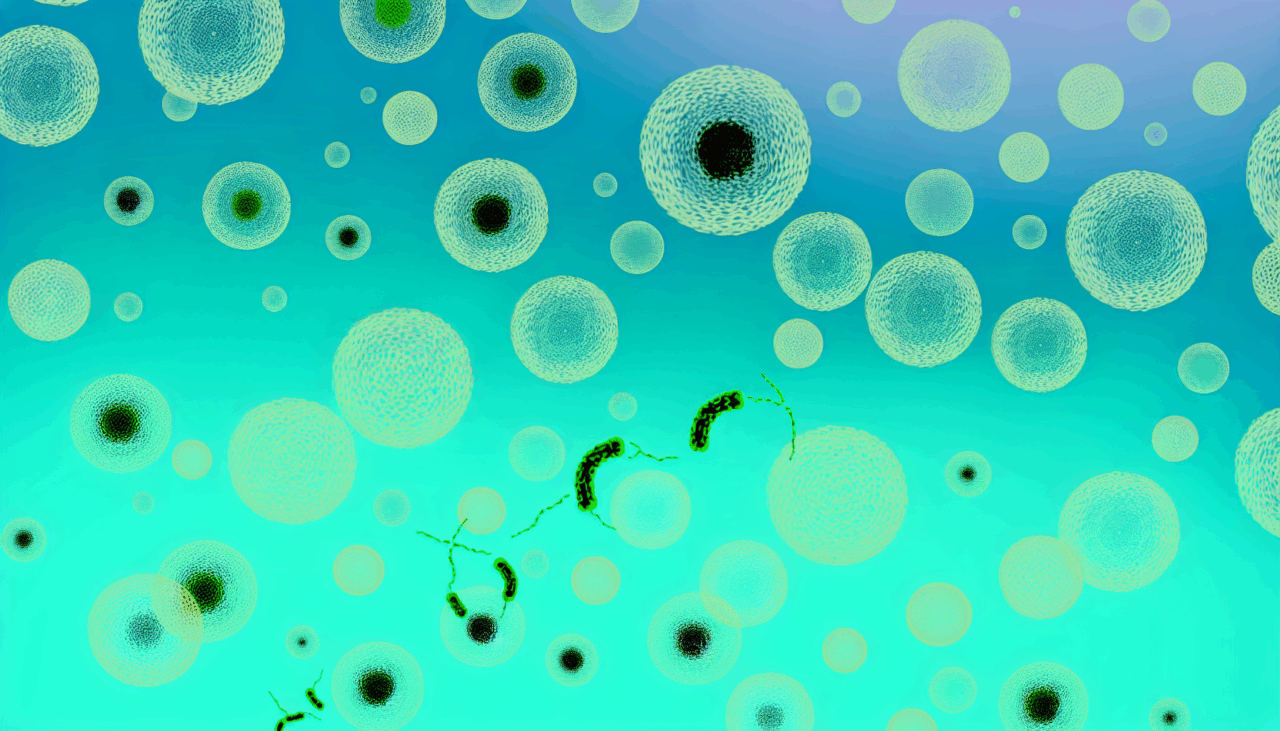Introduction
The advent of immune checkpoint inhibitors has revolutionized cancer treatment, particularly for metastatic melanoma. However, their efficacy remains limited in tumors with a low tumor mutational burden (TMB), primarily due to inadequate neoantigen presentation. This study introduces a novel method for identifying neoantigens using circulating tumor cells (CTCs) isolated through apheresis and flow cytometry, offering a promising alternative to traditional tumor biopsies.
Methods
Our approach involves isolating CTCs from peripheral blood mononuclear cells (PBMCs) collected from 11 stage IV cancer patients and two healthy volunteers. The CTCs were enriched by depleting CD45+ hematopoietic cells and selecting CD45−Vimentin+ cells, confirmed cytologically to contain malignant cells. DNA extracted from both CTC and normal hematopoietic fractions underwent exome sequencing, with neoantigens identified using the Ancer® bioinformatics platform.
Results
In patients with gastric and salivary gland cancers, we isolated 94,636 and 46,423 CTCs, respectively. The DNA yields were sufficient for exome sequencing without amplification. We identified 102 neoantigens in the gastric cancer patient and 108 in the salivary gland cancer patient, including high-ranking T-cell epitopes from single nucleotide variants and frameshift mutations. This method successfully identified a large number of neoantigens from CTCs in all stage IV cancer patients, confirming the feasibility of identifying patient-specific neoantigens without tumor biopsies.
Discussion
This study is the first to demonstrate successful neoantigen identification using non-amplified CTCs isolated by apheresis and flow cytometry. The method provides a minimally invasive, scalable alternative for neoantigen discovery, potentially capturing tumor heterogeneity more effectively than single-site biopsies. This approach holds promise for enabling rapid, personalized immunotherapy strategies, including peptide vaccines, dendritic cell vaccines, and mRNA-based treatments.
Challenges and Opportunities
Despite the promise of immune checkpoint inhibitors, their response rates remain low, particularly in patients with low TMB. Neoantigens, tumor-specific antigens produced by tumor cells, offer a potential solution. Unlike tumor-associated antigens, neoantigens are not subject to central T cell tolerance and have shown high immunogenicity. However, challenges remain in developing personalized tumor therapies on a large scale, primarily due to the practical and ethical constraints of tumor biopsies.
CTCs, released into the bloodstream, offer a minimally invasive alternative. While methods for CTC enrichment via apheresis and flow cytometry have been reported, their utility for neoantigen identification remains unexplored. Our novel workflow combines CTC isolation by FACS and exome sequencing to detect tumor-specific neoantigens directly from blood, offering a new direction for personalized immunotherapy.
Conclusion
The identification of neoantigens using apheresis-derived CTCs provides several advantages in cancer immunotherapy. This approach enables non-invasive tumor sampling, facilitates expedited initiation of personalized treatment strategies, and has broad applicability across various therapeutic modalities. Neoantigen-based therapies can be combined with immune checkpoint inhibitors, enhancing their therapeutic efficacy.
While promising, our study has limitations. The extent to which CTCs reflect the genetic heterogeneity of all tumor lesions remains to be comprehensively validated. Further studies are required to confirm this observation across various cancer types. Additionally, CTC isolation by apheresis and FACS may introduce impurities and sampling bias. Future work should leverage single-cell sequencing or employ multiple marker panels during isolation to more accurately capture CTC diversity and purity across cancer types.
Future Directions
The integration of neoantigen identification with other omics approaches, such as proteomics and transcriptomics, may provide additional insights into tumor biology and therapeutic targets. Optimizing the apheresis protocol to ensure the reproducibility and scalability of CTC collection is essential for widespread clinical application. Future plans include conducting clinical studies or trials with larger cohorts to obtain clinical data and evaluate T cell responses against these neoantigens.
The original contributions presented in the study are included in the article/supplementary material, and further inquiries can be directed to the corresponding author.
🔗 **Fuente:** https://www.frontiersin.org/journals/immunology/articles/10.3389/fimmu.2025.1609116/full

